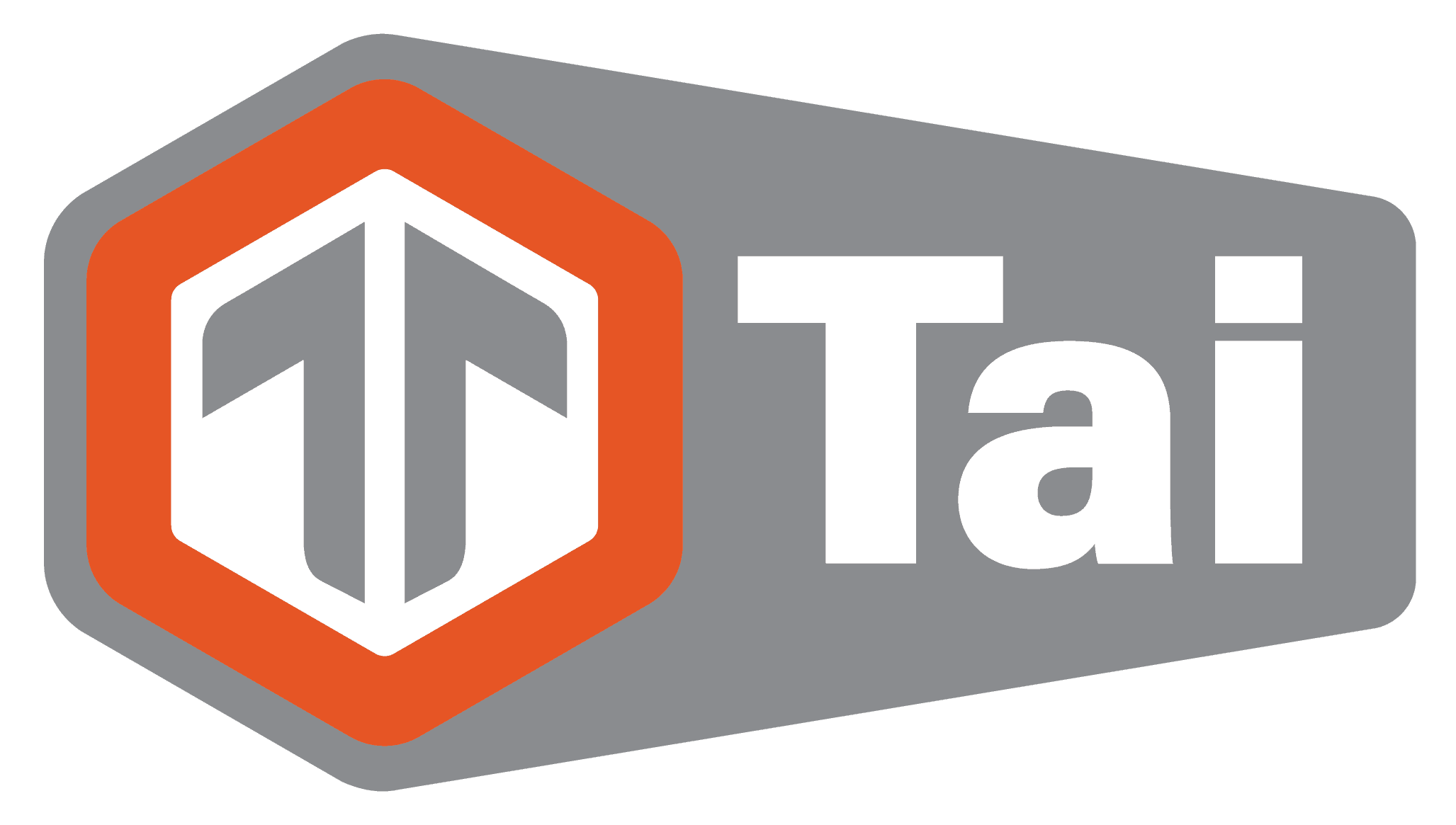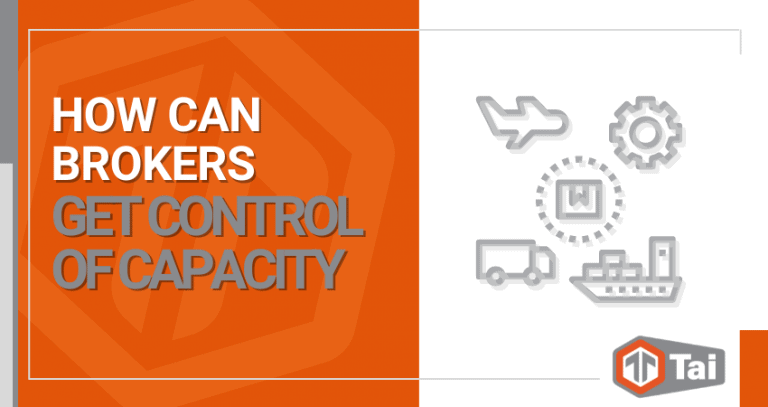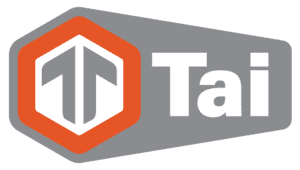The pandemic that has swept the world has left many industries scrambling to keep up. The year 2020 was unprecedented in many ways with strains put on supply chains across the globe, most notably in the form of a lack of available capacity.
As a result of this shortage in capacity, shipping rates have been going through the roof. The problem will likely persist well into 2022 due to a number of factors, including under-investment in infrastructure and lack of drivers.
There are a few potential solutions to these market conditions, such as forming new partnerships with carrier companies and other brokerage firms, becoming more flexible, and taking advantage of new freight brokerage technologies.
Here is an overview of the capacity shortage problem, how it will develop, and what you as a freight broker can do about it.
More Freight Than Trucks
The 2021 logistics problem boils down to a simple equation: there is more freight than there are available trucks to transport it. A whopping 56% of truckers report having issues related to providing capacity – an increase of 29% compared to 2020.
The causes for this are plenty:
- The COVID-19 pandemic
This cause is probably the most obvious one. Even though the release of COVID-19 vaccines has brought hope that the pandemic will soon be a thing of the past, coronavirus variants suggest that we’re not out of the woods yet.
This prolonged uncertainty and the resulting economic losses have taken a toll on the global supply chain.
The worldwide semiconductor shortage is affecting the production of new trucks. Shipping costs are sky high, ports are getting congested, and there is a shortage of containers from Asia. On top of that, trucking companies are competing for both equipment and labor with construction companies.
- A shift in consumer behavior
The vast appetite of the eCommerce consumers has left any capacity available to the trucking industry taken up. The peak of lockdown-related consumption has passed, but the growth in eCommerce has not yet come to a halt.
The federal and state stimulus measures have spurred the public to embark on a shopping spree of unprecedented proportions, especially in durable goods. Inventory levels are at an all-time low across the board.
- Lack of drivers
Pandemic-related constraints have also taken a toll on driver capacity. Driver schools have been closed or drastically scaled back, resulting in a lack of new drivers entering the market.
The growing “gig economy” has also played into this problem, with more and more people opting out of joining the pool of truck drivers in favor of other careers. A vast number of drivers have left the truckload market, though it is impossible to tell how many of them did it permanently.
Many companies are struggling to find enough people with valid licenses for their trucks – or even at all. Even multiple rounds of bonus payments and wage increases have not been enough to entice drivers into working for them.
Another strain on the number of qualified drivers was placed by the Drug and Alcohol Clearinghouse, an initiative that used hair follicle drug testing to remove almost 60,000 drivers from the market and that will probably disqualify many more in the upcoming months.
- High fuel prices are also making it difficult for trucking companies to operate.
All of these factors will likely extend into 2022, which has left many logistics providers scrambling as they try to solve this problem.
The near future looks grim, but there are some potential solutions that will help your brokerage firm get through this.
Potential Solutions
There are a number of steps you can take to combat the issue of capacity shortage.
Staying Informed
Keep your finger on the pulse of the industry.
Follow logistics trade journals, subscribe to newsletters and get alerts whenever there is any news that might affect your business or clients’ businesses. Stay in continuous dialogue with other brokers and carriers near you. This will give you a better idea of what is going on in the industry, and what the latest best practices and approaches are.
Staying on top of things will help you stay in control of the situation instead of letting it run its course without any input from your end. With an increased understanding and awareness, brokers can become leaders rather than followers when it comes to capacity management – a move that will put them ahead of their competitors.
New Alliances and Partnerships
The freight industry is built on strong relationships and capacity shortage will require the entire logistics network to work together.
One potential solution for this problem is forming new alliances and partnerships across the supply chain, which includes logistics firms, manufacturers, retailers, distributors – even carriers are developing relationships with each other in order to combat this challenge. Large and mid-sized freight brokers can also consider partnering with smaller local brokers to cover different regions of the country.
This can also help companies manage capacity more efficiently, as they will have access to a greater pool of resources than if they were working alone.
While this may not solve capacity shortage entirely, it does give you options that previously did not exist – which is always helpful when you are already feeling the pressure.
Flexible Contractual Commitments
Even though contractual commitments assure customers that the pricing and capacity they need will be available, it can also lead to issues.
When you commit capacity for a certain period of time – whether that is days or months (or a year) – it makes it more difficult to shuffle volume about if a creative capacity solution comes up.
For example, if you have committed to moving a certain volume in the Midwest for six months but then end up with an unexpected order in California that needs to be moved immediately – it is more difficult when you are locked into long-term contracts.
One way around this is offering flexible contractual commitments where the customer only pays when they use their contracted capacity.
This allows you to have more flexibility with your resources, as it is not tied up for months or years at a time.
You can also consider offering this option to existing customers who are used to long-term contracts.
More Efficient Corporate Structure
Because of their size, large freight brokerage firms engage in conversations about more creative capacity solutions. However, at the same time, the corporate structure of these firms makes it challenging to implement these solutions.
Smaller companies without the weight of an existing corporate structure are able to more easily implement creative capacity solutions – which is why many mid-sized brokers have been successful in this area.
Having a larger number of resources provides more opportunities, but being faster at implementing new ideas and approaches may not be possible with larger companies.
Better Focus
Large freight brokers often miss out on opportunities for capacity improvement when they are distracted by other opportunities.
One of the biggest reasons that mid-sized brokers have been able to find creative solutions is because their attention has remained focused on solving capacity problems. They don’t have to focus on several different things at once, and as a result, they can put more energy into finding a solution.
This is not as easy for larger brokers, who are often looking at the bigger picture and trying to expand their existing infrastructure – which doesn’t always help them solve capacity issues that may be right in front of them.
New Technologies
Utilizing new technologies and automating your brokerage business is also an easy and effective way to deal with capacity constraints. Automation helps you reduce errors, which can help save your brokerage business a lot of money – and that’s always good news!
Staying on top of all the latest technological advancements in the industry is vital for success as it is constantly evolving. Electrical and autonomous trucks are not a new thing, but they are becoming more widely used.
In order to stay ahead of your competitors in this area, you have to be willing not only to invest in the technology required for these advancements – but also explore and learn how it works.
Having the right people on your team to handle these new technologies and changes – both now and moving forward – will be crucial.
Conclusion
The 2021 capacity shortage is going to continue until the end of the year, as a result of which trucking rates will keep rising and supply chains could be heavily disrupted.
There are several ways that brokers can get control over capacity issues, including forming new alliances with carriers and shippers alike, readjusting their focus and corporate structure, rethinking their contractual commitments, and turning to cutting-edge software.
Even though the current situation in the North American (and global) market is challenging, there are still ways brokers can get control over capacity without having to make significant changes.
If you’d like some help in streamlining your brokerage business, feel free to reach out to Tai Software. We will be more than happy to work with you and provide our software solutions in order to make sure your business stays profitable, efficient, and successful.










